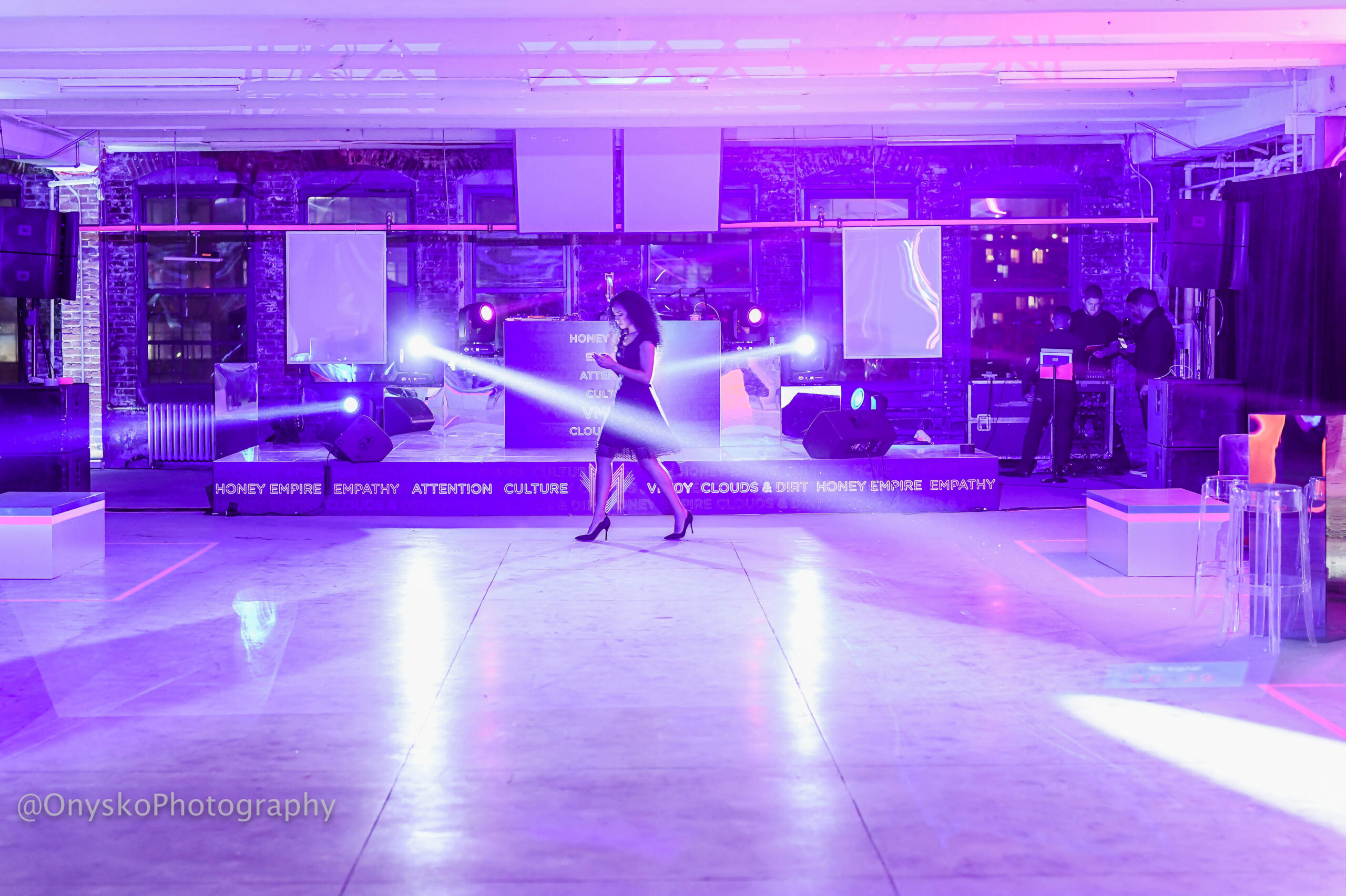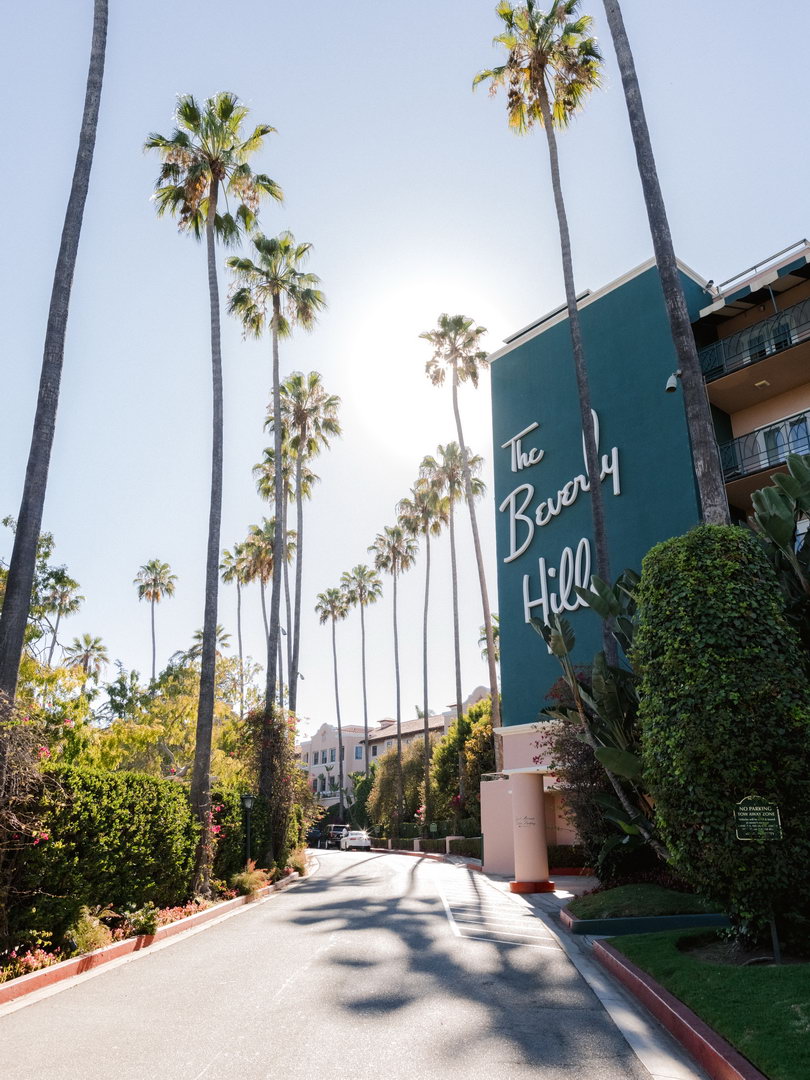The holiday season is a time for celebration, and for companies, it’s the perfect opportunity to show appreciation for their employees’ hard work throughout the year. A corporate holiday party is more than just a gathering; it’s a powerful tool for boosting morale, fostering team cohesion, and celebrating collective achievements. However, planning an event that is both memorable and successful can be a daunting task. There are countless moving parts to consider, from budgets and venues to themes and entertainment. This comprehensive guide will walk you through every step of the process, ensuring your company’s holiday party is a spectacular success.
The Importance of a Corporate Holiday Party
A well-executed holiday party sends a clear message to your team: “We value you.” It’s an investment in your company culture and a chance for employees to connect in a more relaxed setting. These events can help to reduce stress, improve communication, and strengthen the bonds that make a team successful. Ultimately, a great party can leave employees feeling refreshed and motivated for the year ahead. A thoughtful party also reflects positively on the company’s brand, showcasing a commitment to its people.
Phase 1: The Foundation – Setting the Stage for Success
The success of any event is determined long before the first guest arrives. The initial planning phase is crucial and sets the stage for a smooth process. Taking the time to establish a solid foundation will save you from headaches and last-minute chaos. This is where you define the core elements of your party, from the very purpose of the event to the people who will make it happen.
Defining the “Why” and “Who”
Before you book a single vendor or even think about a theme, you need to answer some fundamental questions. Why are you having this party? Is it to celebrate a record-breaking year, simply to thank employees, or to announce a new company initiative? The “why” will inform all subsequent decisions, from the tone of the event to the activities you plan.
Next, you need to define the “who.” Who is the party for? Is it just for employees, or are you including their partners, clients, or stakeholders? The size of your guest list will have a direct impact on your budget and venue selection. Understanding your audience is key to planning an event that they will truly enjoy.
Assembling the A-Team
You don’t have to do it all alone. Forming a small, dedicated planning committee can be incredibly beneficial. This committee should be composed of individuals from different departments and levels within the company. This ensures a variety of perspectives and makes the event feel more inclusive.
Assign specific roles and responsibilities to each team member. One person could be in charge of vendor communication, another could handle the guest list and invitations, and someone else could focus on decor and entertainment. Collaboration is key, but so is clear delegation.
Budgeting for Brilliance
The budget is the single most important factor in your planning. It will dictate every choice you make, so it must be realistic and well-defined from the start. Create a detailed spreadsheet with line items for every potential expense.
- Venue Rental: This is often the largest single cost.
- Catering: Food and beverages are a major expense. Be sure to account for different dietary needs and preferences.
- Entertainment: DJ, band, photo booth, or other performers.
- Decorations: Centerpieces, lighting, and other thematic elements.
- Staffing: Servers, bartenders, security, or event staff.
- Invitations and Signage: Digital or physical invites, as well as day-of signage.
- Miscellaneous: Contingency fund, thank-you gifts, transportation, etc.
Be sure to allocate a contingency fund, typically 10-15% of your total budget, to cover any unexpected costs. This is a non-negotiable part of responsible financial planning.

Phase 2: The Logistics – Bringing the Vision to Life
With your foundation in place, it’s time to get into the nitty-gritty of logistics. This is where your vision starts to take shape. Choosing the right venue, locking in vendors, and setting a theme are all critical steps that require careful consideration and timely action. The earlier you start, the more options you will have.
The Hunt for the Perfect Venue
The venue sets the entire tone for your event. Do you want something formal and elegant, or something more casual and unique? Consider the following factors when searching for a venue.
- Location: Is it easily accessible for all employees? Is there ample parking or public transportation nearby?
- Capacity: Does the venue comfortably accommodate your entire guest list?
- Availability: Popular venues book up months in advance, especially during the holiday season. Start your search early!
- Amenities: Does the venue provide tables, chairs, and linens? Is there a built-in sound system or AV equipment?
- Cost: Does the venue rental fee fit within your budget, and are there any hidden fees?
When touring venues, don’t be afraid to ask a lot of questions. Inquire about their cancellation policy, their preferred vendors, and what is included in the rental cost. A detailed contract is essential for protecting your company’s interests.
Crafting a Compelling Theme
A theme can elevate your holiday party from a simple gathering to an immersive experience. It provides a cohesive framework for your decor, entertainment, and even the dress code. The theme should align with your company culture and be something your employees will find exciting.
- Classic & Elegant: A sophisticated “Winter Wonderland” or “Masquerade Ball.”
- Fun & Festive: A “Ugly Sweater Party” or “Holiday Movie Marathon.”
- Unique & Modern: A “Hollywood Glamour” night or a “Casino Royale” experience.
Once you’ve chosen a theme, let it guide all your other decisions. Your invitations, music selection, and menu should all reflect the chosen concept.
Securing Top-Tier Vendors
Vendors are the backbone of your event. The quality of their service will directly impact your guests’ experience. Don’t simply choose the cheapest option. Look for vendors with a proven track record, excellent reviews, and a clear understanding of your vision.
- Catering: Do they offer a variety of menu options, including vegetarian, vegan, and gluten-free choices? Can they accommodate allergies?
- Entertainment: Does the DJ’s music style align with your audience? Is the band’s set list appropriate for a corporate event?
- Decor & Rentals: Do they have the necessary items to bring your theme to life?
Get multiple quotes from each type of vendor and review their contracts carefully before signing. A good vendor will be a partner in your planning process, not just a service provider.
Phase 3: The Countdown – The Final Stretch
With the major decisions made, the final weeks and days leading up to the party are all about execution and communication. This is where a detailed timeline becomes your best friend. Sticking to the schedule and staying organized will ensure everything goes off without a hitch.
Managing the Guest List and Invitations
Sending out invitations well in advance is critical for a good attendance rate. For a holiday party, aim to send invitations at least six to eight weeks before the event. Use an RSVP system to get an accurate headcount, which is essential for your caterer and venue.
Consider using an online invitation platform for easy tracking and communication. This allows you to send reminders and updates to your guests with minimal effort. Be sure to include all key details: date, time, location, dress code, and any special instructions.
Creating the Ultimate Event Itinerary
Even a casual party benefits from a loose schedule. An itinerary ensures that key moments, such as speeches, awards, or entertainment, happen on time. It also helps your vendors know when to be ready for their part.
A sample itinerary might look like this:
- 7:00 PM: Guests arrive, cocktail hour begins, background music plays.
- 8:00 PM: Dinner service begins, welcome speech from the CEO.
- 9:00 PM: Entertainment begins (e.g., live band or DJ).
- 10:30 PM: Thank-you speech and employee awards (if applicable).
- 11:00 PM: Last call for drinks.
- 11:30 PM: Music ends, guests depart.
This structure provides a comfortable flow without making the event feel overly rigid.

Phase 4: The Event & Post-Party Analysis
The day of the party is when all your hard work comes to fruition. Your job on the day should be to enjoy the event and handle any small issues that may arise. Afterward, a thorough post-mortem is crucial for future success.
The Big Day!
On the day of the event, be present and ready to handle any last-minute questions from vendors or guests. Ensure your A-Team is in place and knows their roles. Your goal is to be a gracious host, not a stressed-out manager. Take a moment to step back and appreciate all your hard work. Your planning and dedication have created a memorable experience for your colleagues.
Post-Event Analysis
Once the confetti has settled, it’s time to evaluate the party’s success. Gather feedback from employees through a quick survey or informal conversations. Ask what they loved, what could be improved, and what they would like to see next year.
Review your budget spreadsheet and compare planned costs with actual expenditures. This information is invaluable for future event planning. A post-event analysis is the final, essential step in a comprehensive planning process.
Conclusion: Making Memories, Not Just Events
Planning a corporate holiday party is a significant undertaking, but it’s one that can yield incredible returns in employee morale and company culture. By following a structured approach, from defining your purpose to conducting a post-event analysis, you can create a seamless and unforgettable experience for everyone. A successful party isn’t just about food and drinks; it’s about making your employees feel seen, valued, and appreciated. It’s about building a stronger team and celebrating the collective journey.
If the thought of tackling this monumental task on your own feels overwhelming, you don’t have to. Our team at Dreams in Detail specializes in turning your corporate event vision into a reality. We handle the logistics, manage the vendors, and execute every detail with precision and creativity, so you can focus on what matters most: celebrating with your team.
Ready to plan a holiday party that your team will talk about all year?
Contact Dreams In Detail for a complimentary consultation today!
Frequently Asked Questions (FAQ)
1. When should we start planning our corporate holiday party?
You should ideally start planning your corporate holiday party six to nine months in advance, especially if you have a large team. Popular venues and vendors, like caterers and entertainers, book up quickly during the holiday season. Starting early gives you the best selection and allows for a more relaxed planning process, ensuring you can secure your top choices.
2. How do we determine the right budget for our party?
The right budget depends on your guest count, the level of formality, and your company’s financial goals. A good starting point is to set a per-person budget that covers all major expenses like venue, food, drinks, and entertainment. Researching average costs for these services in your area can help you create a realistic and detailed budget spreadsheet. Remember to always include a contingency fund of 10-15% for unexpected costs.
3. What are some unique theme ideas for a corporate holiday party?
Beyond the classic “Winter Wonderland,” consider themes that align with your company culture or a current trend. A “Roaring Twenties” speakeasy, a “Hollywood Glamour” red carpet night, or a “Global Gala” celebrating international holidays can be exciting. For something more casual, a “Holiday Movie Marathon” with themed food or an “Ugly Sweater Contest” always gets people in the festive spirit.
4. Should we hire a professional event planner?
Hiring a professional event planner, like Dreams in Detail, can be a game-changer. They have extensive vendor networks, negotiation skills, and a deep understanding of logistics, saving you significant time and stress. An expert planner ensures a seamless event, manages the timeline and budget, and can provide creative ideas to make your party truly unique and memorable, allowing your team to enjoy the event without worrying about the details.
5. How do we accommodate different dietary needs and restrictions?
When sending invitations, always ask guests to specify any dietary restrictions or allergies. A good caterer will be able to provide a variety of options, including vegetarian, vegan, and gluten-free meals. Clearly label all food items on the buffet or provide menu cards at each table to ensure guests can make safe choices. Communicating these needs to your caterer early is crucial for a smooth and inclusive dining experience.
6. What kind of entertainment is best for a corporate audience?
The best entertainment depends on your company’s culture and the party’s theme. A live band can create a high-energy atmosphere, while a DJ can offer a wider variety of music genres to please everyone. Consider adding interactive elements like a photo booth with fun props, a magician during the cocktail hour, or a caricature artist to provide a unique and engaging experience for your guests.
7. How do we measure the success of our holiday party?
Success isn’t just about attendance; it’s about impact. A successful party boosts morale, strengthens team bonds, and makes employees feel valued. To measure success, you can send out a short post-event survey to gather feedback on what guests enjoyed most and what could be improved. Higher employee engagement and positive buzz around the office in the weeks following the event are also excellent indicators of a job well done.
8. Is it a good idea to include employee awards or speeches?
Yes, including a brief, heartfelt speech from a company leader is a great way to thank employees for their contributions throughout the year. If you choose to do awards, keep them light and fun, or focus on celebrating collective team achievements rather than individual ones to maintain an inclusive atmosphere. Keep speeches short and to the point to avoid losing the crowd’s attention.





